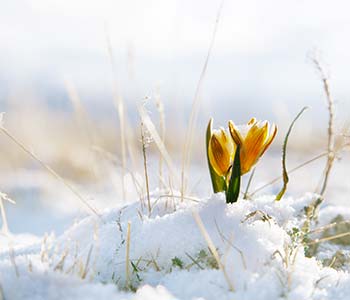
Best in class: Elaborated CO2 calculator for agriculture in UK
Companies must reduce their greenhouse gases by 40% by 2030 and become CO2e-neutral or even better CO2e-positive by 2040. To do this, they first have to know what quantities they emit and where. Until now, there was hardly any possibility for wineries in the German-speaking world to do this if they are not members of a corresponding association such as Fair'n Green. The Austrian certification body Nachhaltig Austria is still lagging behind with this service at all. Now, independent carbon calculators are gradually coming onto the market. A British model is being presented here.
February 2022
Farm Carbon Calculator, U.K.
Quicktranslation by DeepL
Locating and measuring greenhouse gases is an extraordinarily complex process with an infinite number of parameters. One reason for this is that all emissions in the supply chain - i.e. raw materials, secondary raw materials, production, transports, their supply chains, ... - must also be included in the calculations. So far, there is no internationally agreed model for this; over the years, many organisations have developed their own, usually very costly, procedures. Even though apples and oranges are often compared, the bottom line is that the results are similar. The worst polluters identified there are the worst polluters there. So basically they all make sense if they work with sound scientific data. This also applies to agriculture in general and viticulture in particular. The Porto Protocol Foundation's Carbon Mangement in the Wine Business workshop series recently presented a tool that is accessible to all and, what's more, is free to UK farmers and coordinates with other practices as they evolve.
The Carbon Farm Calculator was developed by farmers for farmers in Cornwall and funded by the ERDF Growth Programme for European Structural and Investment Funds 2014-2020. Since 2009, the CFC team has been working to improve the understanding of greenhouse gas emissions in agriculture. It provides tools and services to measure impacts and run projects with farmers to encourage action on the ground. Because it's not just about measuring, they also have a vision: an agriculture that minimises its CO2 emissions and maximises CO2 sequestration, while producing high-quality food and a wide range of public goods. All this in resilient and profitable farms. Their goal is a regenerative agricultural future. What else makes the CFC special besides its sound basis and many years of experience?
Free of charge! The particularly good news is that the carbon calculator is available free of charge to all UK farmers, on the condition that they do not use it for directly profitable purposes. Very clever! In this way, it is to be expected that more and more farmers will be persuaded to calculate their emissions and reduce them as a result.
The Carbon Farm Calculator website is clear and very informative. A 17-minute explanatory video shows how the calculator works. It would be more than desirable if there were cooperation with other - international - bodies (e.g. national winegrowers' associations). So that they can catch up and do not have to reinvent the wheel in a costly and time-consuming way. And so that their data and funds also flow into the further development of a functioning, already proven system. In the sense of SDG17: Partnership for the Goals.




